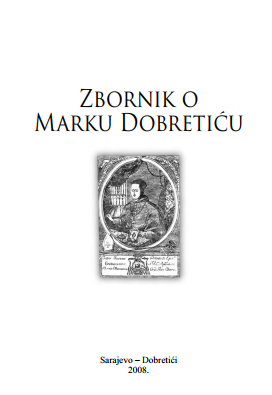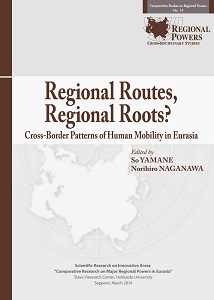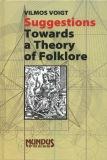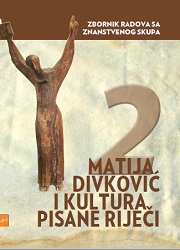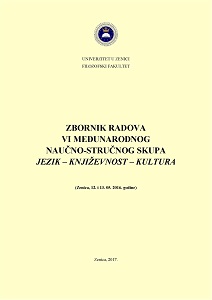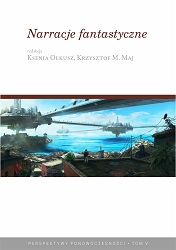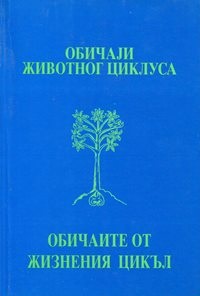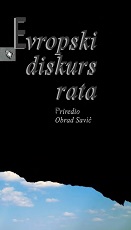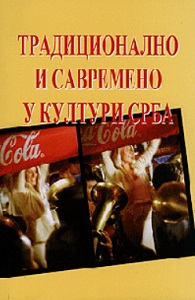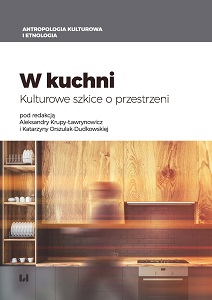Author(s): Vesna Vučinić Nešković / Language(s): Serbian
Publication Year: 0
This article offers concrete account of an Orthodox Christmas celebration in a particular household on the Luštica Peninsula, Bay of Kotor. This Christmas celebration is treated as an ethnographic event comprising of a set of dynamic, successive and more or less variable activities of which the temporal and spatial framework, contents, actors and uses of artifacts are repeatedly created and recognized by each household in the local community. The thick description of the Christmas event comprises activities which occur during two principal days, Christmas itself and the day before, known in Serbian language as Božić and Badnji dan. In fact, a detailed schedule is given of all the preparatory, ritual and merrymaking activities that took place in the household of Petar Stojković at Christmas time in 1997. The schedule was reconstructed according to notes and video-material made during author’s stay with the Stojkovićs. The Stojković household comprises three generations, namely: the old host and his wife, their son and daughter in law, and three grandchildren. The family consider themselves Luštica natives, originating a few centuries back from Herzegovina. Their elders were mainly engaged in agriculture (producing olives, wine, wheat), but at all times, there was at least one family member working aboard a ship, or as an emigrant in South or North America. Even though the son is the only household member officially employed (in the Municipality of Hercegnovi), until 1990 all members contributed to the family earnings by promoting small-scale tourism. Even though the celebration of traditional religious festivities was not encouraged in the 1945-1980 period, this family as most of the other Luštica families, did not give up the celebration of Slava (house saint’s day), Prislužba (village saint’s day), Christmas nor Easter. Christmas ritual in the Stojković house, both in its constant features and in its variable components, is typical for the Luštica Peninsula. This account follows all the activities according to their time, place and actors. Badnji dan was characterized by numerous activities concerning the preparation of ritual food, such as Badnjačica (or Česnica, the Christmas bread), and the decoration of the Badnjaks (Yule logs) and the house (upper terrace, entrances, windows, icons, floor) with greenery. The main events of the day were at Badnje veče (Christmas Eve), with “Badnjak Christening” (Badnjak burning) on the open hearth, and communal sharing of Christmas Eve dinner. The rest of the evening was spent in the mutual visits by the village middle-aged men. They were welcomed in the old kitchens by the hearth, where they joined in the merrymaking, drinking and singing of Christmas songs. At midnight they gathered in one house to celebrate the “arrival of Christmas” and to break the fast by sharing of homemade sausages roasted upon the remains of Badnjaks. Božić started with the reception of Polaznik, the first guest that entered the house on Christmas, and continued with the attendance of the liturgy at St. Nicholas, the principal parochial church in Luštica. Christmas lunch is the most anticipated part of Christmas festivity. It is the first elaborate meal after a week long fast. This time, it included a local specialty served only at Christmas, called kuvana špaleta, which is cold semi-smoked ham, previously cooked on open fire. Midway through Christmas lunch, just like during Christmas Eve dinner, the incense was burned over the food, in front of the house icons, and throughout the rest of the house. By evening, Badnjačica was consumed, and the only material remnant of Christmas Eve was one part of the son’s Badnjak, called Pridavak. This peace of “holy wood” was to be added to fire at each of the three successive Badnjak burning occasions in this house, i.e., in the evenings preceding Orthodox New Year (January 13), Epiphany (January 19th), and St. Sava Day (January 27).
More...
